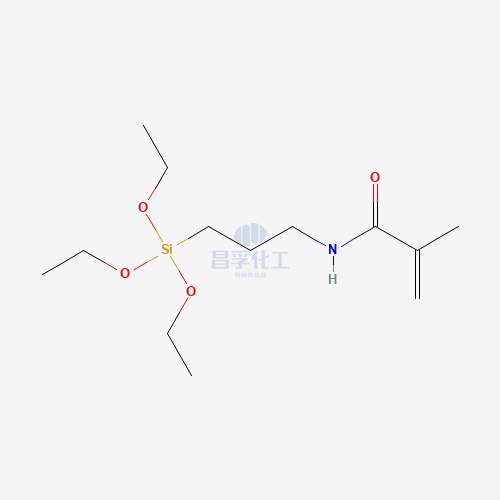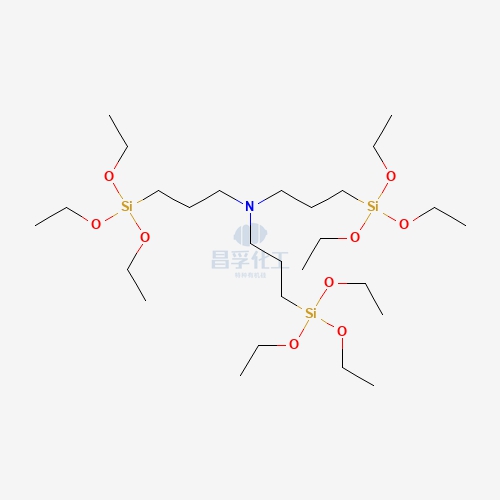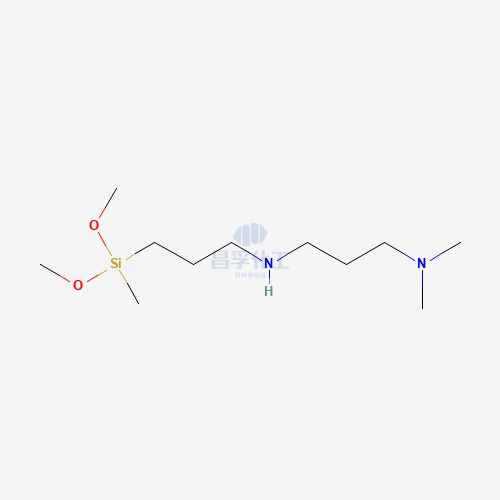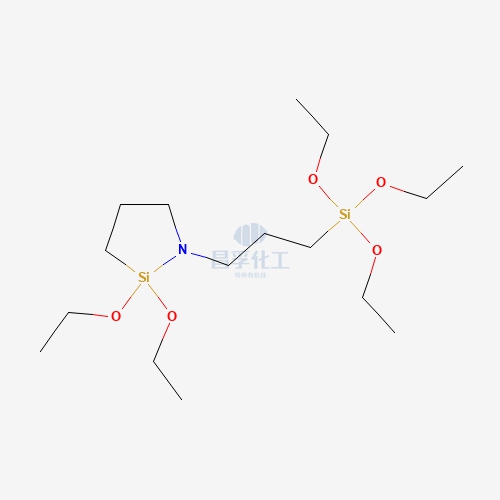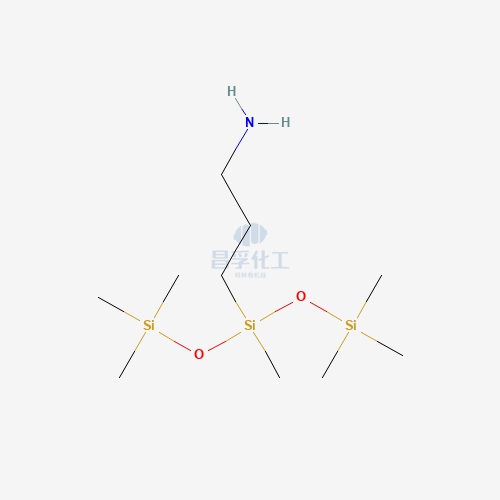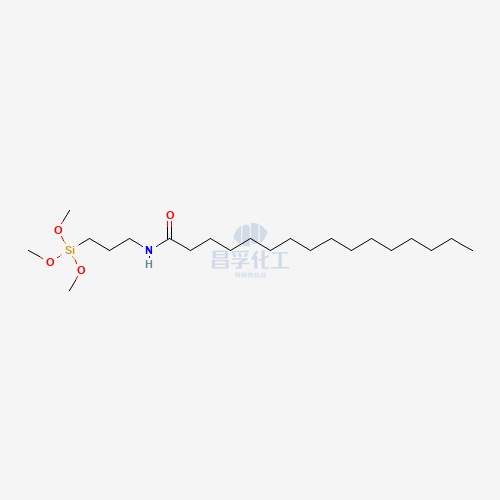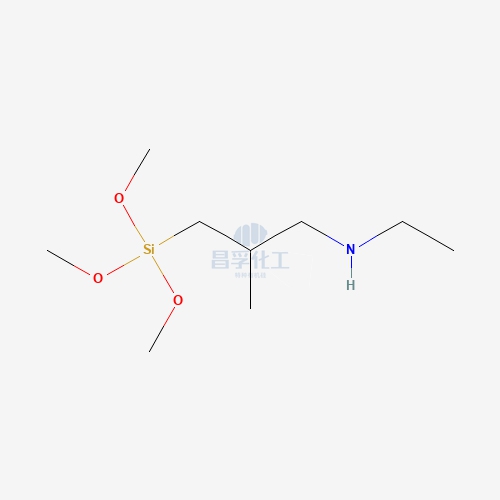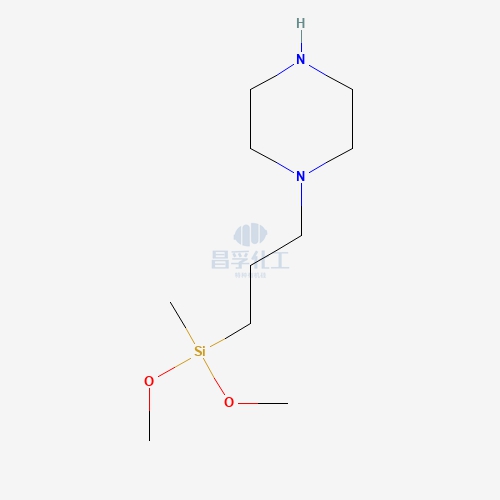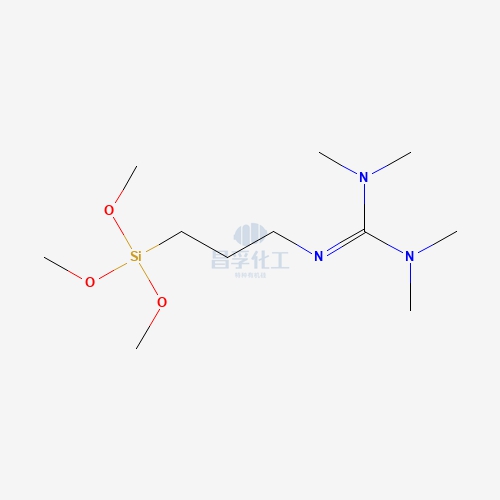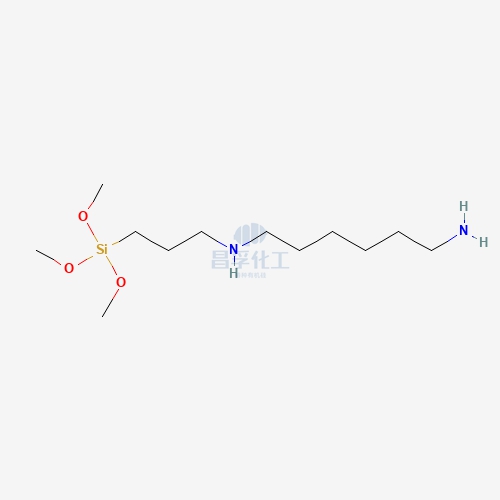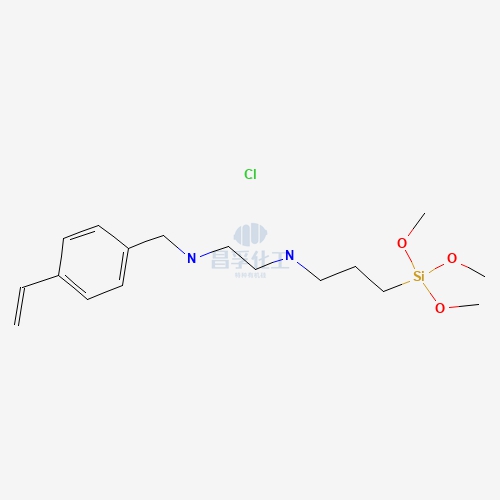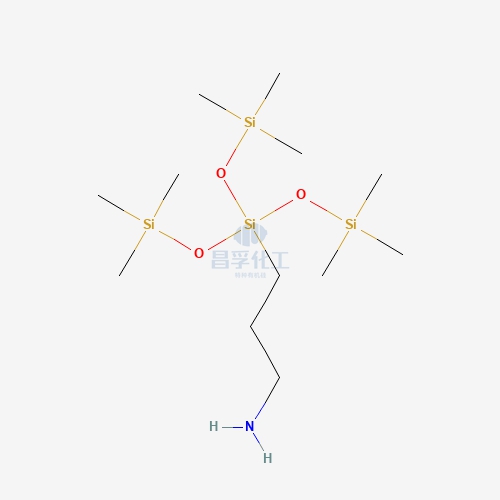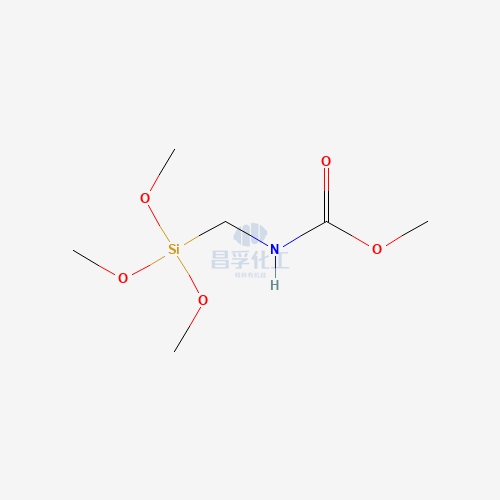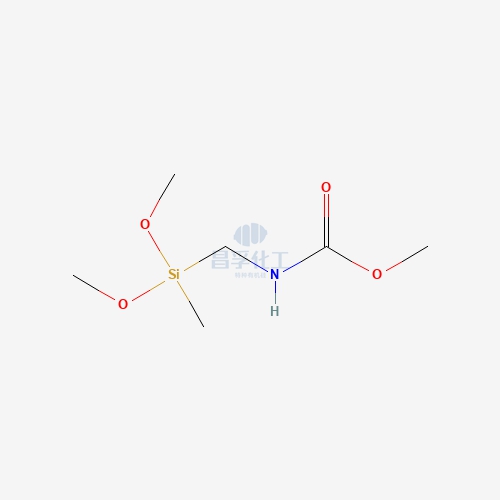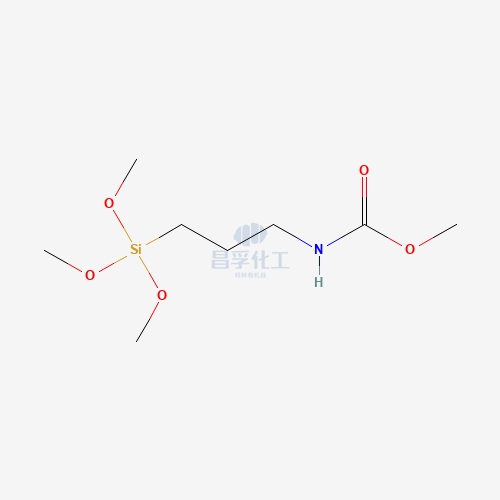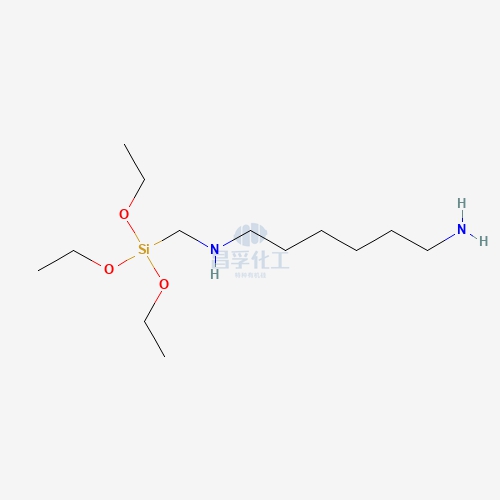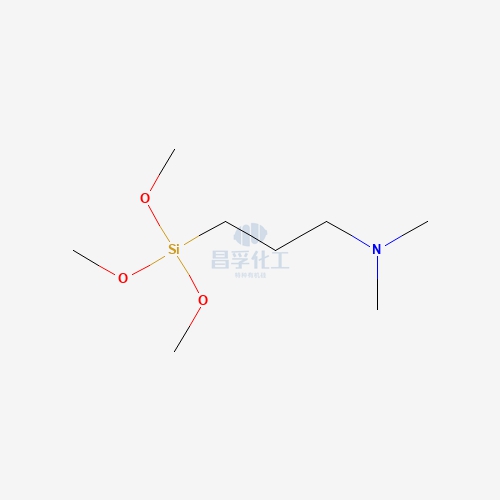Silicone potting compounds are essential materials in various industries, particularly in electronics, for their remarkable ability to protect sensitive components. But what exactly are they, and why have they become such a crucial part of modern manufacturing? This blog will delve into the nature of silicone potting compounds, their benefits, applications, and why they are indispensable in today’s technological landscape.
Understanding Silicone Potting Compound
Silicone potting compounds are a type of encapsulant used to protect electronic components from environmental damage. Potting involves encasing these components in a protective material that cures to form a solid, resilient barrier. Silicone, known for its flexibility, durability, and resistance to extreme temperatures, makes an ideal potting material.
Composition of Silicone Potting Compounds
Silicone potting compounds are primarily composed of silicone polymers combined with various additives to enhance specific properties such as thermal conductivity, electrical insulation, and adhesion. These compounds can be either one-part or two-part systems:
-
One-Part Systems: These are ready-to-use mixtures that cure at room temperature or upon exposure to heat or moisture.
-
Two-Part Systems: These require mixing before application and cure at room temperature or when heat is applied.
Key Properties of Silicone Potting Compounds
The unique properties of silicone potting compounds make them ideal for a variety of applications:
-
Flexibility: Unlike rigid potting materials, silicone remains flexible after curing, accommodating the expansion and contraction of components due to temperature changes.
-
Thermal Stability: Silicone compounds can withstand a wide temperature range, typically from -60°C to 200°C, making them suitable for applications in extreme environments.
-
Electrical Insulation: Silicone potting compounds offer excellent dielectric properties, ensuring the protection of electronic circuits from electrical interference and short circuits.
-
Moisture Resistance: These compounds create a waterproof seal around components, protecting them from moisture and other environmental factors that could cause corrosion or malfunction.
Applications of Silicone Potting Compounds
The versatility of silicone potting compounds makes them valuable in various industries. Below are some of the key areas where they are used:
Electronics and Electrical Components
Silicone potting compounds are widely used in the electronics industry to protect delicate circuits, sensors, and connectors from environmental factors. They provide insulation against electrical interference and prevent damage from moisture, dust, and temperature fluctuations.
Automotive Industry
In the automotive sector, silicone potting compounds are used to protect electronic control units (ECUs), sensors, and ignition systems. The material’s ability to withstand high temperatures and resist vibration is crucial in ensuring the reliability and longevity of automotive electronics.
Aerospace and Defense
The aerospace and defense industries demand materials that can perform under extreme conditions. Silicone potting compounds are used to protect avionics, navigation systems, and other sensitive electronic components from the harsh conditions encountered at high altitudes and in space.
LED Lighting
Silicone potting compounds are also used in LED lighting to encapsulate the diodes, protecting them from moisture and mechanical stress. The material’s transparency and UV stability make it ideal for this application, ensuring that the LEDs maintain their brightness and efficiency over time.
Renewable Energy Systems
In renewable energy systems, such as solar panels and wind turbines, silicone potting compounds protect the electrical components from environmental damage. The ability to resist UV radiation, moisture, and temperature extremes is essential in these outdoor applications.
Benefits of Using Silicone Potting Compounds
The use of silicone potting compounds offers several advantages that make them the preferred choice for many industries:
Longevity and Durability
Silicone compounds provide long-lasting protection, ensuring the longevity of the components they encapsulate. Their durability reduces the need for frequent maintenance and replacement, saving time and costs in the long run.
Versatility
Silicone potting compounds can be formulated to meet specific requirements, such as enhanced thermal conductivity or increased flexibility. This versatility allows manufacturers to choose the best compound for their particular application.
Safety and Compliance
Many silicone potting compounds are designed to meet stringent safety standards, including flame retardancy and low toxicity. This ensures that they are safe to use in various applications, including those with high safety demands like aerospace and automotive industries.
Environmental Resistance
Silicone potting compounds are highly resistant to environmental factors such as UV radiation, moisture, and chemicals. This resistance makes them suitable for outdoor applications, where other materials might degrade over time.
Challenges in Using Silicone Potting Compounds
While silicone potting compounds offer many benefits, there are also challenges to consider:
Cost
Silicone potting compounds can be more expensive than other potting materials. However, the long-term benefits, such as durability and reduced maintenance, often outweigh the initial cost of silicone potting compounds.
Processing and Handling
Silicone potting compounds, particularly two-part systems, require careful mixing and application to ensure optimal performance. Incorrect ratios or inadequate mixing can lead to incomplete curing or reduced effectiveness. Additionally, some formulations may require specialized equipment for application and curing, which can increase the complexity of the manufacturing process.
Cure Time
Depending on the formulation, silicone potting compounds can have relatively long cure times, especially at room temperature. This can slow down production lines and may require additional curing facilities or ovens to expedite the process. Manufacturers need to account for this in their production schedules to avoid delays.
Adhesion Issues
In some cases, silicone potting compounds may have poor adhesion to certain substrates, particularly non-porous surfaces. This can be mitigated by using primers or surface treatments, such as amino silane, which is often used to improve adhesion between silicone and various substrates. Selecting the right compound for the specific materials involved is crucial to ensure strong adhesion.

Types of Silicone Potting Compounds
The diversity of silicone potting compounds allows for various specialized formulations, each suited to different applications:
High-Temperature Silicone Potting Compounds
These compounds are formulated to withstand extremely high temperatures, making them ideal for applications in automotive engines, aerospace systems, and industrial machinery. They maintain their properties and continue to protect electronic components even in harsh, high-heat environments.
Low-Temperature Silicone Potting Compounds
Designed for use in cold climates or refrigerated environments, low-temperature silicone potting compounds remain flexible and effective at temperatures well below freezing. These compounds are often used in outdoor electronics, arctic exploration equipment, and cold storage monitoring systems.
UV-Resistant Silicone Potting Compounds
UV-resistant formulations are essential for applications exposed to direct sunlight or other sources of ultraviolet light, such as in outdoor LED lighting and solar panels. These compounds resist degradation and discoloration caused by UV exposure, ensuring long-term protection and maintaining the integrity of the encapsulated components.
Electrically Conductive Silicone Potting Compounds
In situations where electrical conductivity is required, such as in EMI/RFI shielding or grounding applications, electrically conductive silicone potting compounds are used. These compounds contain conductive fillers, like silver or carbon, to create a pathway for electrical current while still providing protection and encapsulation.
Transparent Silicone Potting Compounds
For applications where visual inspection of the encapsulated components is necessary, transparent silicone potting compounds are ideal. These compounds are used in LED lighting, optical devices, and other applications where clarity and transparency are essential.
Selecting the Right Silicone Potting Compound
Choosing the appropriate silicone potting compound involves considering several factors specific to the application:
Environmental Conditions
Assess the environmental conditions the potting compound will face, such as temperature extremes, moisture, chemical exposure, and UV radiation. This will guide the selection of a compound with the necessary resistance and durability.
Electrical Requirements
Determine the electrical properties needed, such as dielectric strength or conductivity. Silicone potting compounds are available in both electrically insulating and conductive formulations, so it’s important to select the one that meets the specific electrical requirements of the application.
Mechanical Stress and Vibration
Consider the mechanical stresses, such as vibration, shock, and thermal expansion, that the components will endure. Silicone’s flexibility is advantageous in such scenarios, but the specific formulation should be matched to the expected mechanical demands.
Cure Time and Processing Needs
Evaluate the processing requirements, including cure time, application method, and any necessary equipment. If a faster production process is required, a compound with a shorter cure time or one that can cure at room temperature might be preferable.
Cost Constraints
While performance is crucial, cost considerations also play a role. Weigh the long-term benefits, such as reduced maintenance and increased durability, against the initial cost of the compound. In many cases, the higher upfront cost is justified by the superior protection and longevity provided by silicone potting compounds.
Future Trends in Silicone Potting Compounds
As technology advances, the demand for more specialized and high-performance silicone potting compounds is expected to grow. Here are some trends shaping the future of this industry:
Increased Demand for Miniaturization
With the ongoing trend of miniaturization in electronics, there is a growing need for potting compounds that can provide the same level of protection in smaller, more confined spaces. Silicone compounds that can flow into tight spaces and cure without excessive shrinkage or void formation will be increasingly valuable.
Enhanced Thermal Management
As electronic devices become more powerful and generate more heat, there will be a greater focus on potting compounds with superior thermal conductivity. The development of silicone formulations that can efficiently dissipate heat while maintaining electrical insulation properties will be key to supporting high-performance electronics.
Eco-Friendly Formulations
Environmental concerns are driving the development of more eco-friendly silicone potting compounds. Manufacturers are exploring ways to reduce the environmental impact of these materials, such as using renewable resources in the formulation or creating compounds that are easier to recycle or dispose of safely.
Customization and Tailored Solutions
As industries demand more specific performance characteristics, there will be an increasing trend towards customized silicone potting compounds. Manufacturers will work closely with clients to develop formulations tailored to their unique needs, whether for extreme environments, specific electrical properties, or particular mechanical stresses.
Frequently Asked Questions (FAQs) About Silicone Potting Compounds
What is the difference between potting and encapsulation?
Potting involves filling a container or enclosure with a compound to protect the enclosed components, while encapsulation involves coating the components directly. Both methods aim to protect electronics, but potting provides additional protection by enclosing the components within a rigid or flexible casing.
Can silicone potting compounds be removed if needed?
Yes, silicone potting compounds can be removed, but the process can be challenging and may require specialized solvents or mechanical methods. The ease of removal depends on the specific compound used and the application method.
Are silicone potting compounds safe for use with all electronic components?
Generally, silicone potting compounds are safe for most electronic components, but it’s essential to select the appropriate formulation for the specific application. Some sensitive components may require compounds with low ionic content to prevent corrosion or electrical failure.
How long does it take for silicone potting compounds to cure?
Cure times vary depending on the formulation and environmental conditions. Some compounds cure in minutes at elevated temperatures, while others may take several hours or even days at room temperature.
Do silicone potting compounds affect the performance of electronic components?
When correctly applied, silicone potting compounds should not negatively affect the performance of electronic components. In fact, they protect components from environmental factors that could otherwise cause degradation or failure.
What are the alternatives to silicone potting compounds?
Alternatives to silicone potting compounds include epoxy, polyurethane, and acrylic-based compounds. Each material has its strengths and weaknesses, and the choice depends on the specific requirements of the application, such as thermal stability, flexibility, and chemical resistance.
Conclusion
Silicone potting compounds are a critical component in ensuring the longevity and reliability of electronic devices across various industries. Their unique combination of flexibility, thermal stability, electrical insulation, and environmental resistance makes them indispensable in today’s technology-driven world. As technology continues to evolve, the role of silicone potting compounds will only become more significant, driving innovation and ensuring that electronic components can withstand the rigors of increasingly demanding applications.





